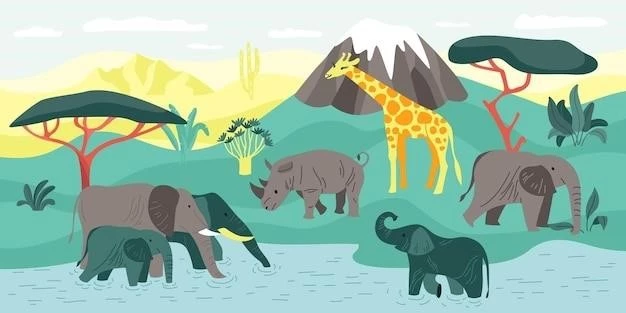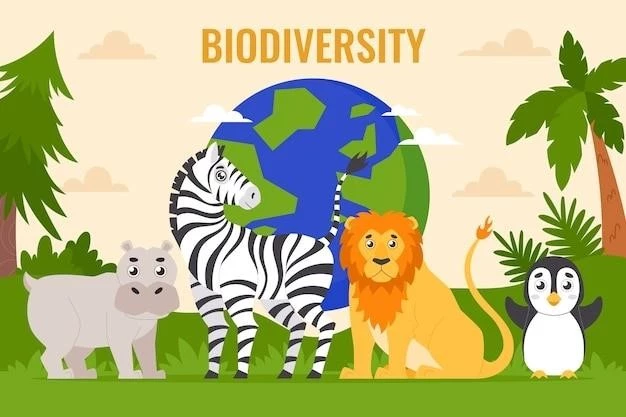Biodiversity loss is one of the most pressing environmental issues facing our planet today. The International Union for Conservation of Nature (IUCN) estimates that over 40,000 species are threatened with extinction, and this number is constantly growing. While every species plays a vital role in maintaining the delicate balance of our ecosystems, some face more imminent threats than others.
This article delves into the top 10 most endangered species in the world, based on the IUCN Red List of Threatened Species. We will explore the factors driving their decline and the crucial conservation efforts being made to protect them.

1. Amur Leopard (Panthera pardus orientalis)
IUCN Status: Critically Endangered
Hailing from the Russian Far East and northeastern China, the Amur leopard is the rarest big cat globally, with fewer than 100 individuals left in the wild. Habitat loss due to deforestation, poaching for their beautiful fur, and human-wildlife conflict are the primary threats to their survival.
2. Javan Rhinoceros (Rhinoceros sondaicus)
IUCN Status: Critically Endangered
With an estimated population of fewer than 60 individuals, the Javan rhinoceros is one of the most endangered large mammals on Earth. Found only in a single national park in Java, Indonesia, this species faces threats from habitat loss, poaching for their horns (which are highly valued in traditional Asian medicine), and limited genetic diversity.
3. Mountain Gorilla (Gorilla beringei beringei)
IUCN Status: Endangered
The mountain gorilla, found in the Virunga Mountains of Central Africa, has seen its population increase in recent years due to intensive conservation efforts. However, with just over 1,000 individuals remaining, they are still highly vulnerable to habitat loss, poaching, and disease transmission from humans.
4. Vaquita (Phocoena sinus)
IUCN Status: Critically Endangered
The vaquita, the smallest and most endangered cetacean in the world, is on the brink of extinction, with fewer than 10 individuals believed to remain. Found only in the northern Gulf of California٫ Mexico٫ they are primarily threatened by entanglement in gill nets used for fishing٫ despite a ban on such nets in their habitat.
5. Sumatran Orangutan (Pongo abelii)
IUCN Status: Critically Endangered
The Sumatran orangutan, found only on the Indonesian island of Sumatra, is facing a dire situation due to habitat loss from deforestation for palm oil plantations, poaching, and the illegal pet trade. With an estimated population of around 14,600 individuals, their numbers continue to decline rapidly.
6. Hawksbill Turtle (Eretmochelys imbricata)
IUCN Status: Critically Endangered
Hawksbill turtles, known for their beautiful, intricately patterned shells, are found in tropical oceans worldwide. They are critically endangered due to being hunted for their shells, which are used to make jewelry and other decorative items. Other threats include habitat destruction, pollution, and climate change.

7. Black Rhino (Diceros bicornis)
IUCN Status: Critically Endangered
Despite a slight increase in numbers in recent years, black rhinos remain critically endangered, with an estimated population of around 5,600 individuals. Found primarily in southern and eastern Africa, they are threatened by poaching for their horns, which are used in traditional Asian medicine, and habitat loss.
8. Saola (Pseudoryx nghetinhensis)
IUCN Status: Critically Endangered
The saola, also known as the “Asian unicorn,” is one of the most elusive and rarest large mammals on Earth. Discovered in 1992 in the Annamite Mountains of Vietnam and Laos, this species is threatened by habitat loss and hunting, and its population is unknown but believed to be extremely small.
9. Yangtze Finless Porpoise (Neophocaena asiaeorientalis asiaeorientalis)
IUCN Status: Critically Endangered
The Yangtze finless porpoise, a freshwater porpoise found only in the Yangtze River of China, is on the brink of extinction, with an estimated population of fewer than 1,000 individuals. Threats include accidental entanglement in fishing gear, habitat loss and degradation, and pollution.
10. African Wild Dog (Lycaon pictus)
IUCN Status: Endangered
African wild dogs, known for their striking, patchy coats and highly social nature, are found in sub-Saharan Africa. They are endangered due to habitat loss, hunting by humans, and disease transmission from domestic dogs. With an estimated population of around 6,600 individuals, their numbers continue to decline.
Conclusion
These ten species represent just a fraction of the biodiversity facing extinction today. The factors driving their decline are complex and interconnected, often stemming from human activities. However, there is hope. Conservation efforts, driven by dedicated individuals, organizations, and governments, are making a difference. By raising awareness, supporting conservation initiatives, and advocating for policy changes, we can all play a role in protecting these endangered species and preserving the incredible biodiversity of our planet for future generations.










